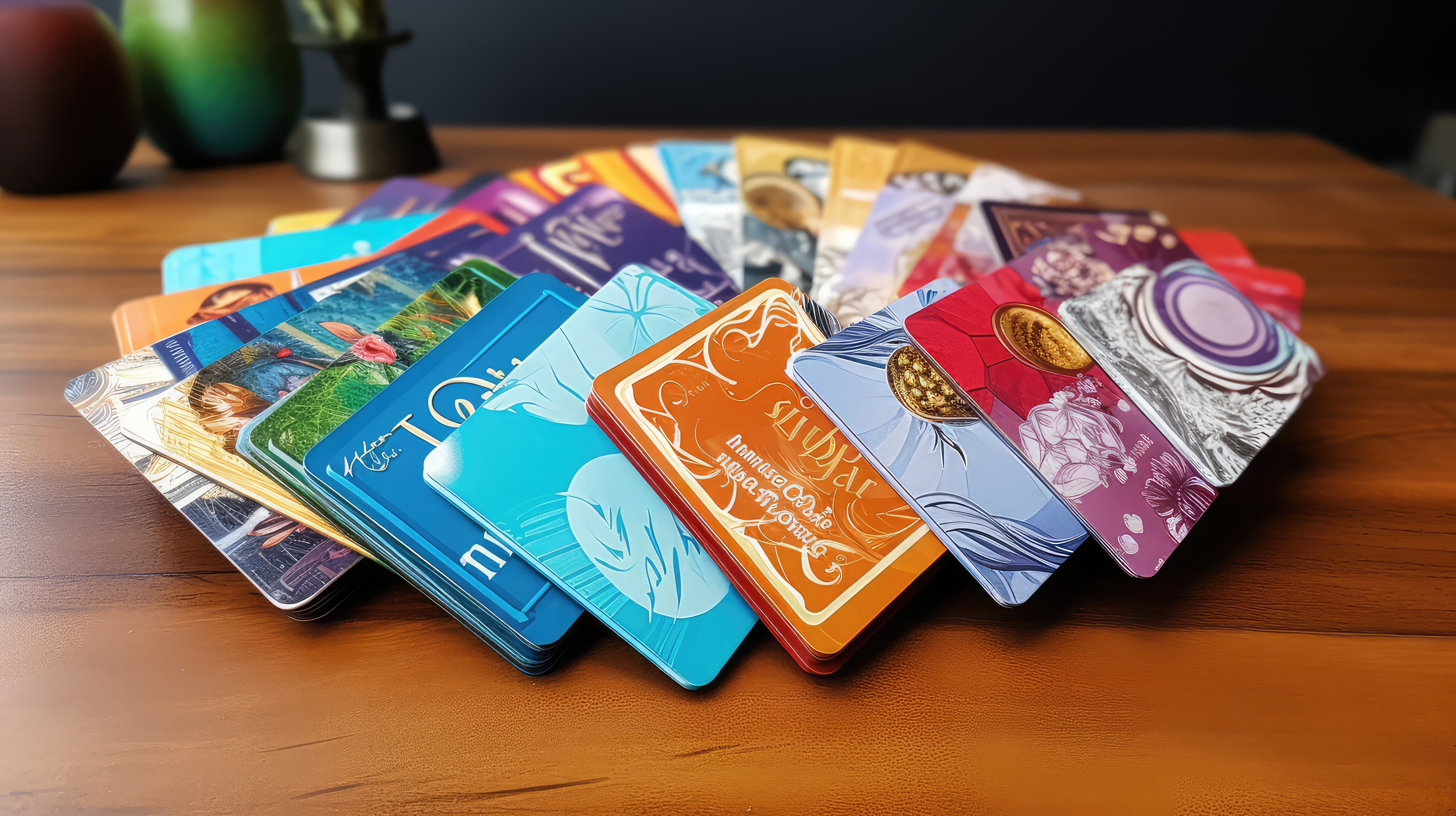Playtesting can make or break your game, but it doesn’t have to be complicated.
The goal is simple, find out if the game is fun and works the way you want it to.
Start with a Basic Prototype
Before diving into testing, you just need something functional. Your prototype doesn’t have to look perfect. It can be simple, printed cards on plain paper or handmade pieces.
The point is to test the game’s core mechanics, not to impress anyone with design.
Choose Your Playtesters Carefully
It’s tempting to playtest with friends and family, but here’s the thing, those people know you, and they may not give you honest feedback.

We made the mistake of playtesting Blitz Creed with our close circle over and over.
At first, it felt great, the game seemed bulletproof. But when we finally took it to strangers, we realised there were issues we hadn’t even noticed.
They weren’t as invested in the game’s success and pointed out problems we missed, which was a game-changer.
You want honest, constructive feedback. Try to find a mix of experienced gamers and newcomers so you can see if your game is intuitive and if it has the right balance of strategy and accessibility.
How to Find Playtesters
Finding the right playtesters is just as important as the playtest itself.
One clear option is simply going to local game stores or cafes that host playtesting nights. It varies depending on which city you’re from ofcourse.
Something that worked really well for us was the “Playtest UK games meetup group”.
Everyone there is friendly and eager to try out new designs.
Just remember, you’re not the only one looking for testers so be ready to spend time helping others test their games too.
Blind Playtesting

No. It's not playing the game blindfolded. This means giving players the rulebook and the game without any guidance from you.
It’s a great way to see how clear your instructions are and whether players can figure things out on their own.
If they’re getting stuck or frustrated, that’s a sign your game may need some tweaking.
Blind playtesting can be an eye-opener. It’ll show you if the game’s intuitive enough or if players are confused by your rules or mechanics.
It’s tough to watch players struggle, but it’s also crucial for finding weak spots in your design.
Ask for Feedback After the Game
Once the playtest is over, sit down with the players and ask them about their experience.
Here’s a handful of questions we took with us. Bare in mind we didn’t use all the questions after each playtest but rather chose the ones that were relevant through observing the group playing.
- What did you enjoy the most about the game?
- Were there any parts of the game that felt confusing?
- Did you understand the rules easily, or did you feel lost at any point?
- Were there any mechanics that seemed unnecessary or overcomplicated?
- Did you feel engaged throughout the entire game, or were there moments of boredom?
- What would make the game more exciting or fun for you?
- Was the game’s pacing too fast, too slow, or just right?
- Were there any points where you felt stuck or didn’t know what to do next?
- Did the game seem balanced? Did one player have too much of an advantage?
- Would you play this game again? Why or why not?
The idea is simple, seek feedback in your game’s mechanics, entertainment value and learning difficulty.
Don’t be afraid to hear that parts of your game are flawed. This is how you improve.
We’ve learned that sometimes players are too polite or don’t want to hurt your feelings.
So make it clear you’re looking for honest opinions, not compliments.
Iterate and Improve
Take all the feedback you’ve gathered and go back to the drawing board.
Playtesting isn’t a one-and-done thing. It’s an ongoing process of tweaking, refining and improving your game.
After each round, make adjustments and test again. Remember, no game is perfect after the first test.
We went through countless rounds of testing, with rules changing, mechanics tweaking and components being redesigned.
Test with Different Groups
Remember this, each group of players will offer new insights and perspectives.
Seasoned gamers will spot balance issues while kids or newcomers show if the rules are clear and easy to learn.
What works for one group might not work for another, so the more variety in your playtesters, the better.
We learned that different player types (casual vs strategic gamers) bring out different aspects of the game. Some groups loved the strategic depth, while others wanted a faster-paced game.
Don’t Forget the Components
It’s not just the game mechanics you need to test, it’s the components too.
Are your cards easy to shuffle?
Can your tokens be used comfortably?
Are the icons on the cards clear?
Testing the physical parts of your game is just as important as testing the mechanics.
We often found that small issues with components (like cards that were too big or too small) could affect how enjoyable the game was.
Playtesting is one of the most valuable parts of game design. Don’t rush it.
The feedback you get will make your game stronger and more enjoyable.
Keep testing, be open to change and don’t be discouraged if things don’t go perfectly at first.
It’s all part of the process.
With each round of feedback, your game will get closer to being something amazing.
Just remember: the more playtests you do, the clearer your vision will be.
So grab your prototype, find some testers and start learning what works (and what doesn’t).


Share:
Types of Tabletop Game Content
Join These Tabletop Gaming Communities